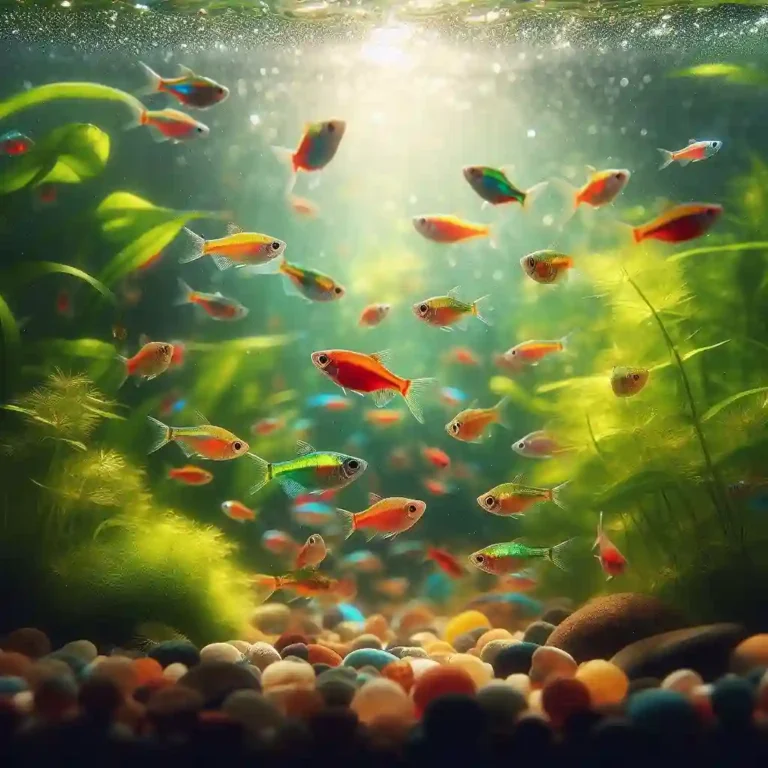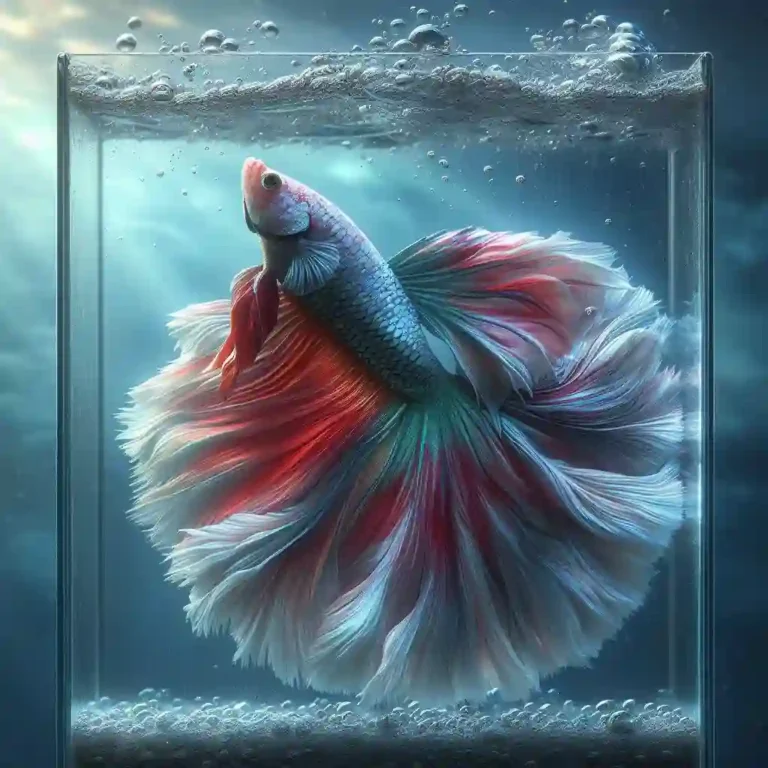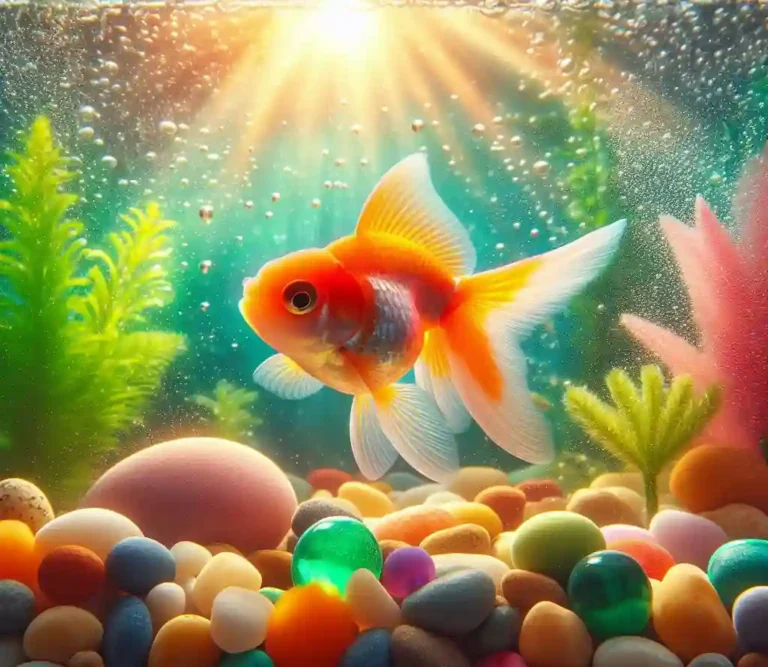Why Are My Fish at the Bottom of the Tank? Decoding the Mystery
Why Are My Fish at the Bottom of the Tank? Have you ever looked into your fish tank and noticed that your fish are spending more time at the bottom of the tank than usual?
In this blog post, we will explore the various reasons why your fish may be at the bottom of the tank and what steps you can take to address the issue.
Why Are My Fish at the Bottom of the Tank? – A Quick Guide
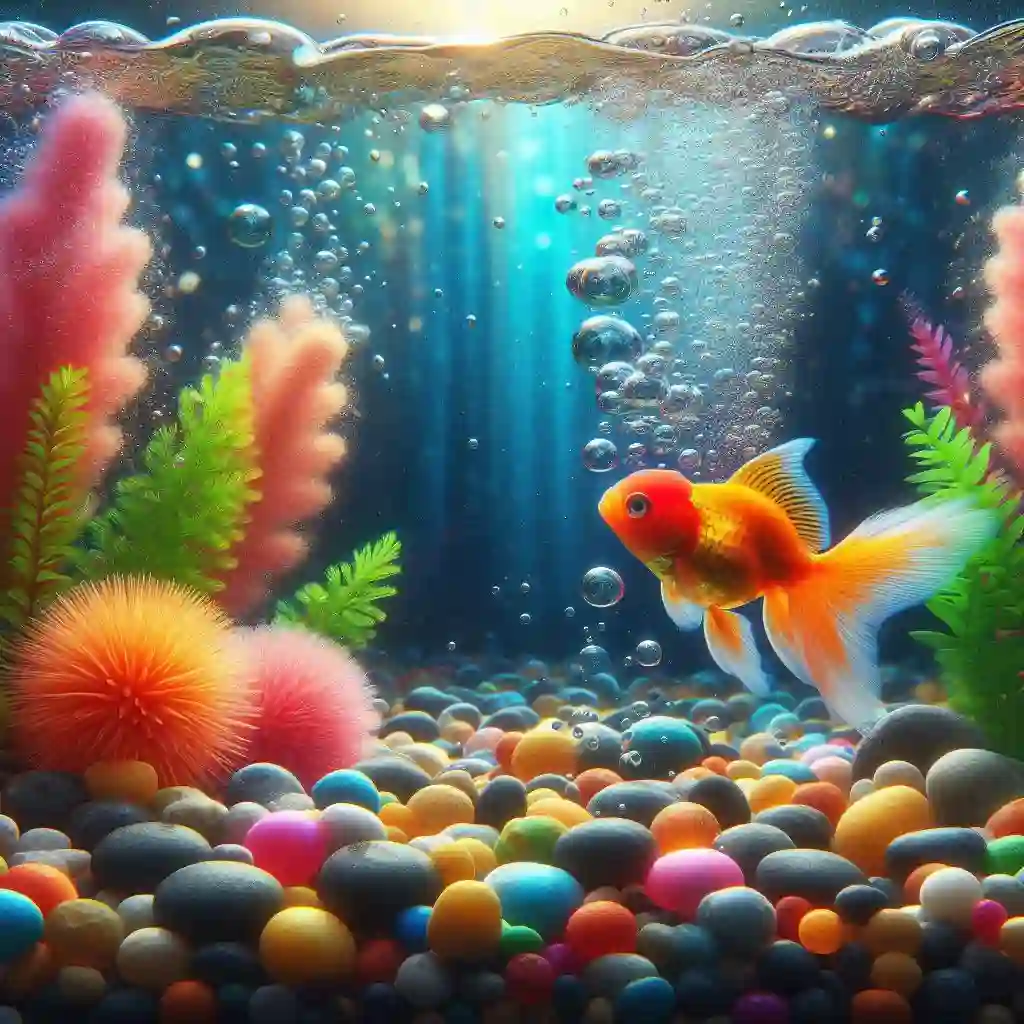
- Water Quality Issues: Regularly test and adjust water parameters to avoid toxic levels of ammonia and nitrites.
- Inadequate Oxygen Levels: Use air stones or water pumps to enhance oxygenation throughout the tank.
- Stress and Its Effects: Minimize loud noises, bright lights, and aggressive tank mates to reduce stress levels.
- Disease and Illness: Watch for symptoms like erratic swimming or unusual spots and provide appropriate treatments as necessary.
- Temperature Discrepancies: Maintain stable water temperatures within the specific range required for your fish species.
- Dietary Imbalance: Ensure a varied and balanced diet suitable for the dietary needs of your fish.
- Space and Decor Needs: Provide a spacious tank with adequate hiding spots and decorations to mimic natural habitats.
- Overcrowding and Lack of Hiding Spots: Avoid overstocking and ensure there are enough hiding places for each fish to reduce stress.
Understanding Normal Fish Behavior
To fully grasp why your fish might be lingering at the tank’s bottom, it’s essential to first know what constitutes as typical behavior for them.
Different species have varying preferences; some are natural bottom dwellers, while others may prefer the tank’s mid-levels or surface areas for their explorations and activities. Regular observation of your fish can provide valuable insights into their usual patterns and habits.
This understanding allows you to quickly notice any deviations that may signal a problem or need for intervention. Recognizing these differences is crucial in determining whether the behavior you’re witnessing is a cause for concern or simply a part of your fish’s normal routine.
Water Quality Issues

Poor water quality is a primary culprit behind fish lingering at the bottom of their tanks. Elevated levels of toxins like ammonia and nitrites not only stress your aquatic friends but can also lead to severe health problems.
Ensuring the habitat is safe involves consistent monitoring of water conditions through regular testing. A robust routine of partial water changes, alongside diligent filter maintenance, plays a pivotal role in mitigating harmful substance accumulation.
By adopting these practices, you create a healthier environment that encourages your fish to explore all areas of their aquatic home.
Inadequate Oxygen Levels
A common reason fish may spend more time at the tank’s bottom is due to insufficient oxygen levels in their environment. The lower regions of the tank can sometimes offer slightly higher oxygen concentrations when the upper levels are depleted.
Enhancing the tank’s oxygenation can often remedy this situation. Introducing an air stone or a water pump to increase water movement is an effective method to boost oxygen supply throughout the tank.
Additionally, ensuring your aquarium has adequate surface agitation can facilitate gas exchange, bringing more oxygen into the water. These adjustments can make a significant difference in oxygen levels, encouraging your fish to utilize the full expanse of their aquatic habitat.
Stress and Its Effects
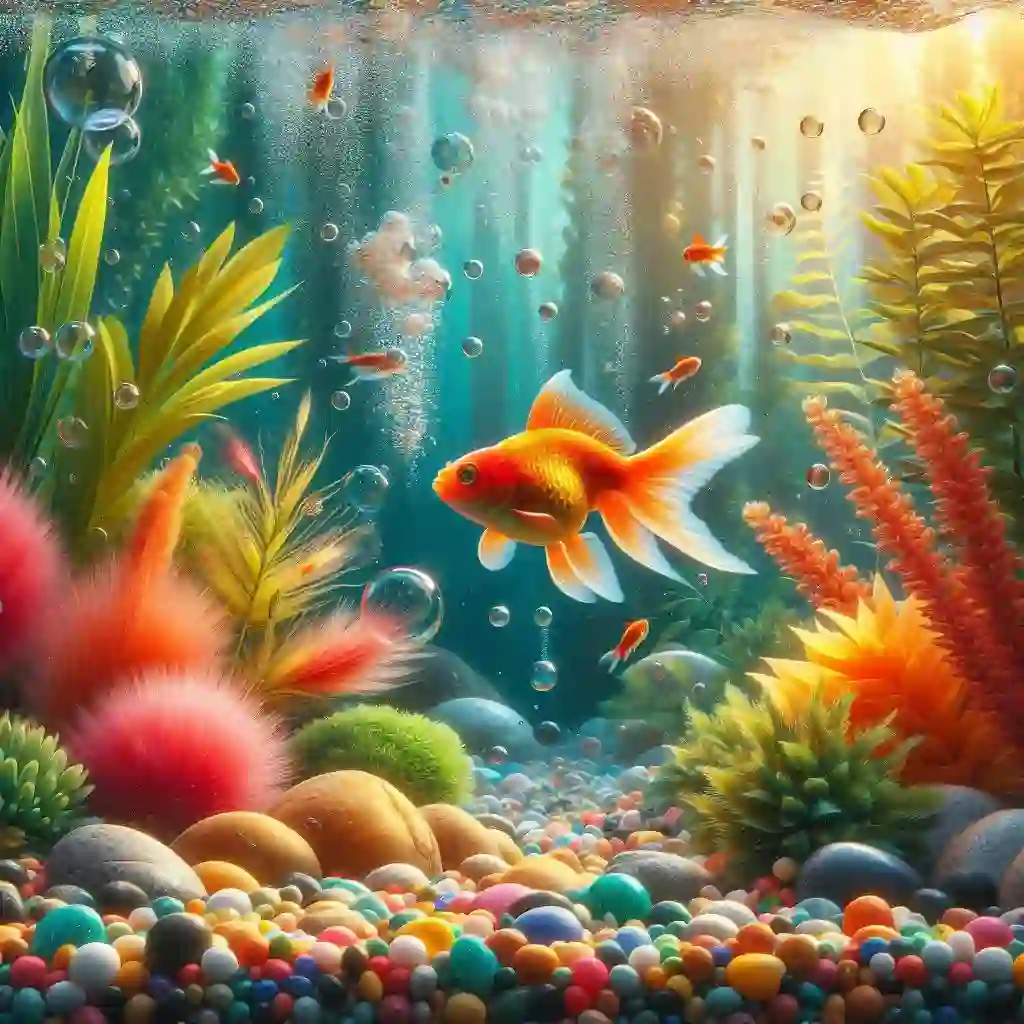
Stress in fish can lead to various negative outcomes, one of which includes spending prolonged periods at the bottom of the tank. This behavior often signifies an attempt to escape stressors that disrupt their peaceful existence.
Factors contributing to stress encompass abrupt shifts in water chemistry, the presence of hostile tank mates, and environmental disturbances such as loud sounds or excessive light directly around their habitat.
Mitigating these stressors is key to promoting a serene environment that supports the well-being of your aquatic pets. Introducing elements such as plants or decorations can provide essential hiding spaces, offering solace and security for stressed fish.
Additionally, ensuring a consistent and calm external environment minimizes stress triggers, allowing your fish to engage more freely and energetically within their aquatic realm. Implementing these changes fosters a stress-reduced habitat, pivotal for the health and active engagement of your fish throughout their tank.
Disease and Illness
When fish spend excessive time at the bottom of the tank, it can be a sign of health issues or disease. Observing for symptoms such as erratic swimming, unusual spots or growths on the body, frayed fins, or a noticeable decline in activity level is crucial.
Diseases such as ich, also known as white spot disease, and swim bladder disorder, which affects a fish’s buoyancy, can cause fish to seek the tank’s bottom. Immediate attention and specific treatments for these conditions are vital for recovery.
For instance, medicated treatments available in pet stores can address ich, while changes in diet and feeding practices might help with swim bladder issues. Early detection and treatment of these ailments are key to preventing them from becoming fatal.
Additionally, quarantining affected fish can help prevent the spread of disease to healthy tank mates, ensuring the overall well-being of the aquarium community.
Temperature Discrepancies
The ambient temperature within your aquarium plays a pivotal role in dictating the comfort and activity levels of your fish. Deviations from their optimal temperature range can trigger a survival response, leading them to seek out areas within the tank that better suit their physiological needs.
When water temperatures are not regulated properly, fish may become sluggish and find the bottom of the tank more hospitable, whether they are seeking warmth or a respite from overheated conditions.
This behavior underscores the importance of investing in reliable heating and cooling equipment for your aquarium. A consistent temperature not only ensures the vitality and well-being of your aquatic pets but also aids in preventing temperature-induced stress that can exacerbate susceptibility to diseases.
Regular monitoring with an accurate thermometer is essential for early detection of any unwanted temperature fluctuations. Taking these proactive steps ensures that your fish can lead vibrant, active lives without the need to retreat to the bottom of their environment due to temperature discomfort.
Dietary Imbalance
The nutritional health of your fish is paramount, and a dietary imbalance can manifest in them seeking solace at the tank’s bottom. This abnormal behavior might be signaling that the dietary needs of your aquatic pets are not being fully met.
It’s crucial to diversify their diet beyond the basics; incorporating a mix of high-quality flakes, pellets, and the occasional treat of live or frozen foods can significantly enhance their nutrient intake.
Each species of fish has specific dietary requirements, and failure to cater to these can lead to lethargy and a decreased desire to swim or engage with their environment.
Evaluate your feeding routine to ensure it aligns with the nutritional needs of your fish, adjusting as necessary to promote their health and vitality. Additionally, overfeeding can contribute to water quality issues, further affecting your fish’s behavior and well-being.
Moderation is key—feed your fish in amounts they can consume within a few minutes to avoid excess food contributing to tank pollutants. Addressing dietary imbalances not only supports the physical health of your fish but also encourages more active and explorative behavior within their aquatic habitat.
Space and Decor Needs
A properly arranged and spacious tank is essential for the health and happiness of your fish. When their environment lacks sufficient space or the appropriate decor, such as plants and caves for hiding, fish may retreat to the tank’s bottom as a sign of stress or discomfort.
Ensuring your aquarium is adequately sized for the number and species of fish you have is crucial to prevent these issues. Moreover, incorporating a variety of decorations not only enriches their habitat but also supports their natural behaviors, including seeking refuge or territory establishment.
By thoughtfully setting up your tank with an eye toward simulating a natural ecosystem, you provide a more engaging and comforting space for your aquatic pets.
This encourages exploration and activity throughout the tank, reducing the likelihood of fish consistently staying at the bottom due to environmental dissatisfaction.
Overcrowding and Lack of Hiding Spots
Overcrowding within an aquarium creates a stressful environment for fish, potentially prompting them to retreat to the bottom of the tank in search of peace. This is compounded when there’s a shortage of hiding spots, which are crucial for fish to feel secure and rest.
A densely populated tank not only heightens stress but also exacerbates competition for food and territory, further impacting the well-being of your aquatic pets. Addressing these issues involves assessing your tank’s capacity and making adjustments as needed.
This may include rehoming certain fish to reduce population density or incorporating more decorations and plants to provide ample hiding and resting areas.
Such steps help alleviate stress and competition, allowing your fish to more comfortably and confidently explore their surroundings without resorting to the bottom of the tank as a refuge.
Conclusion and Next Steps
Wrapping up, discovering your fish at the aquarium’s bottom should prompt a careful examination of their living conditions. This unusual behavior often signals that their needs are not being fully met, whether due to environmental stressors, health concerns, or dietary issues.
Taking proactive steps to assess and optimize water quality, oxygenation, temperature, and nutrition is critical. Additionally, ensuring the tank environment is appropriately enriched and sized can significantly impact their well-being and activity levels.
Regularly observing your fish for any changes in behavior or appearance is crucial for early detection of potential problems. Should challenges persist or if your fish display signs of illness, consulting with an aquatic veterinarian or a seasoned aquarist is advisable.
By remaining attentive to your fish’s needs and making adjustments as necessary, you can create a thriving aquatic habitat that supports vibrant and healthy fish life.
FAQs
Q: How often should I test my tank’s water quality?
A: Regular testing is recommended at least once a week to monitor levels of ammonia, nitrites, and nitrates, ensuring they remain within safe limits for your aquatic pets.
Q: Can too much light cause my fish to stay at the bottom?
A: Yes, excessive lighting can stress fish, leading them to seek refuge at the bottom of the tank. Consider using dimmer lights or reducing the lighting period each day.
Q: How do I know if my tank is overcrowded?
A: A general rule is to allocate about one gallon of water for every one inch of fish, though this can vary based on species. Observe if your fish have enough space to swim freely without constant interaction with other fish.
Q: Should I stop feeding my fish if I suspect overfeeding is a problem?
A: Instead of stopping feeding entirely, reduce the amount you feed and ensure it’s consumed within a few minutes. Consider feeding your fish twice a day in smaller quantities.

Hello, I’m Aria Cooper, the heart and soul behind Swimmy Buddies. As a devoted fish aficionado, I share my aquatic adventures and expertise to inspire your own underwater explorations. 🐠🌊



